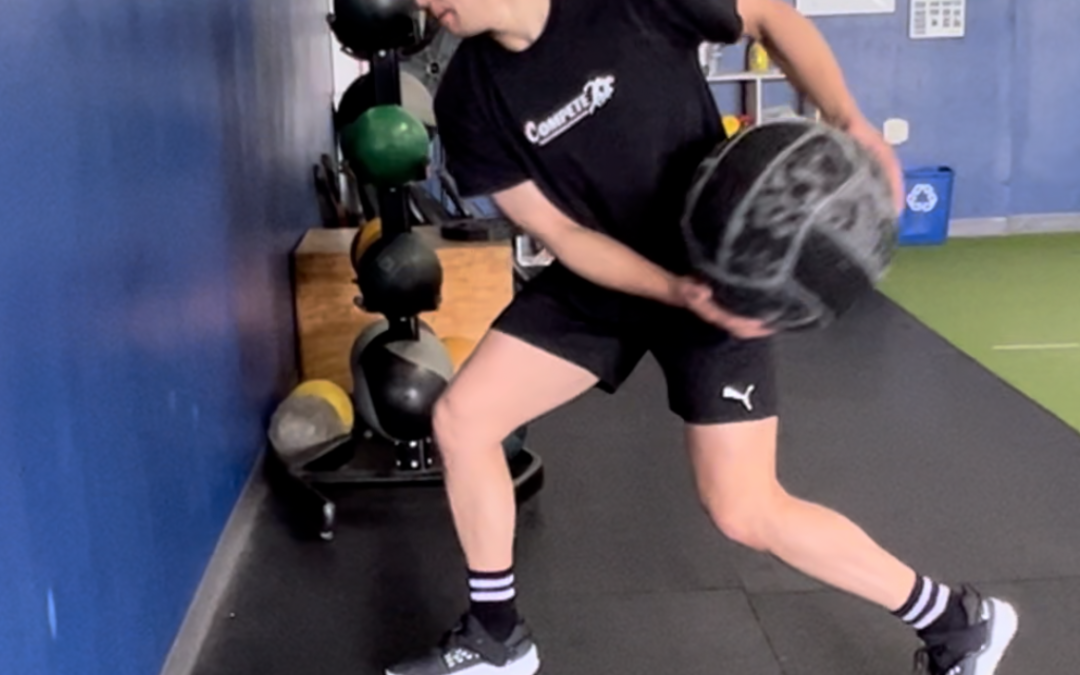We have reached an exciting time of year. The NCAA Frozen Four produced wonderful games. Major inline tournament circuits are in full swing. The NHL playoffs are just beginning and the entry draft is just around the corner. Unless you are living under a rock, every hockey fan probably knows who is expected to be drafted first overall. Memes are going viral over the skillset that this kid has. “Toe drag release like Bedard!” Now every hockey player is out there doing forearm workouts and shooting 100s of pucks to try to recreate his shot. But what is the consequence of this if left unchecked? Muscular imbalance is the answer.
I was fortunate enough to work with many great players while working for professional teams. One such player was Paul Kariya. I was always amazed when he would grab a stick of the opposite hand (he was a lefty and grabbed a righty). He would spend several minutes every practice doing stickhandling drills with the non-dominant hand until he could do them just as well as his dominant side. Why? Balance. If we spend hours on the forehand shooting slapshots, snapshots, and wrist shots without just as many backhands for balance will create a muscular imbalance that can leave a player in a twisted posture of the upper body to the forehand side. A common side effect of this can be low back pain and/or a lateral tilt of the spine towards the bottom side of the body and a rotation of the spine towards the top-hand side of the body.
Immediately following the end of the season is a great time to begin the process of correcting this imbalance. For the younger athletes, hide the hockey bag and go play another sport. This does not mean switching to roller hockey from ice or vice versa. Go play a totally different sport for a while to develop athleticism and balance. For those players old enough to train in the gym, we use many unilateral exercises. This means using the extremities in isolation instead of together. An example of this is the dumbbell bench press instead of the barbell bench press. Or think of the single-legged squat. We use these exercises so that the non-dominant and dominant limbs must carry the same load and do the same amount of work. The core is also trained with a series of belly press exercises and medicine ball throws with a focus on the mechanics of the “backhand” side to restore balance. We also use corrective and rehabilitative exercises in the athletic training room to treat any dysfunctions that might be found so that the athlete has the proper foundation to train in the gym.
There is a myriad of ways coaches will tell you how to improve your shot. Technique and accuracy are not what we are addressing here today. And don’t get me going down the rabbit hole of stick technology… Train properly to add strength and stability. Balance the workload between the dominant and non-dominant sides of the body. Train the core for rotary strength to both the forehand and backhand. A stronger and faster shot is possible without doing so many wrist curls and extensions that you get the forearms of Popeye (if you don’t know who this is, look him up and eat your spinach)!!
Interested in joining our off-season hockey development training sessions? Reach out to us today for dates, times, and more info!
Mike Hannegan is an Athletic Trainer and Strength Coach with ten years of experience in the NHL with the Anaheim Ducks and St. Louis Blues. He is currently the Director of the Compete Sports Performance and Rehabilitation facility inside The Rinks Yorba Linda Ice located in beautiful Orange County, CA. He can be reached at mike@competeperformance.com.

